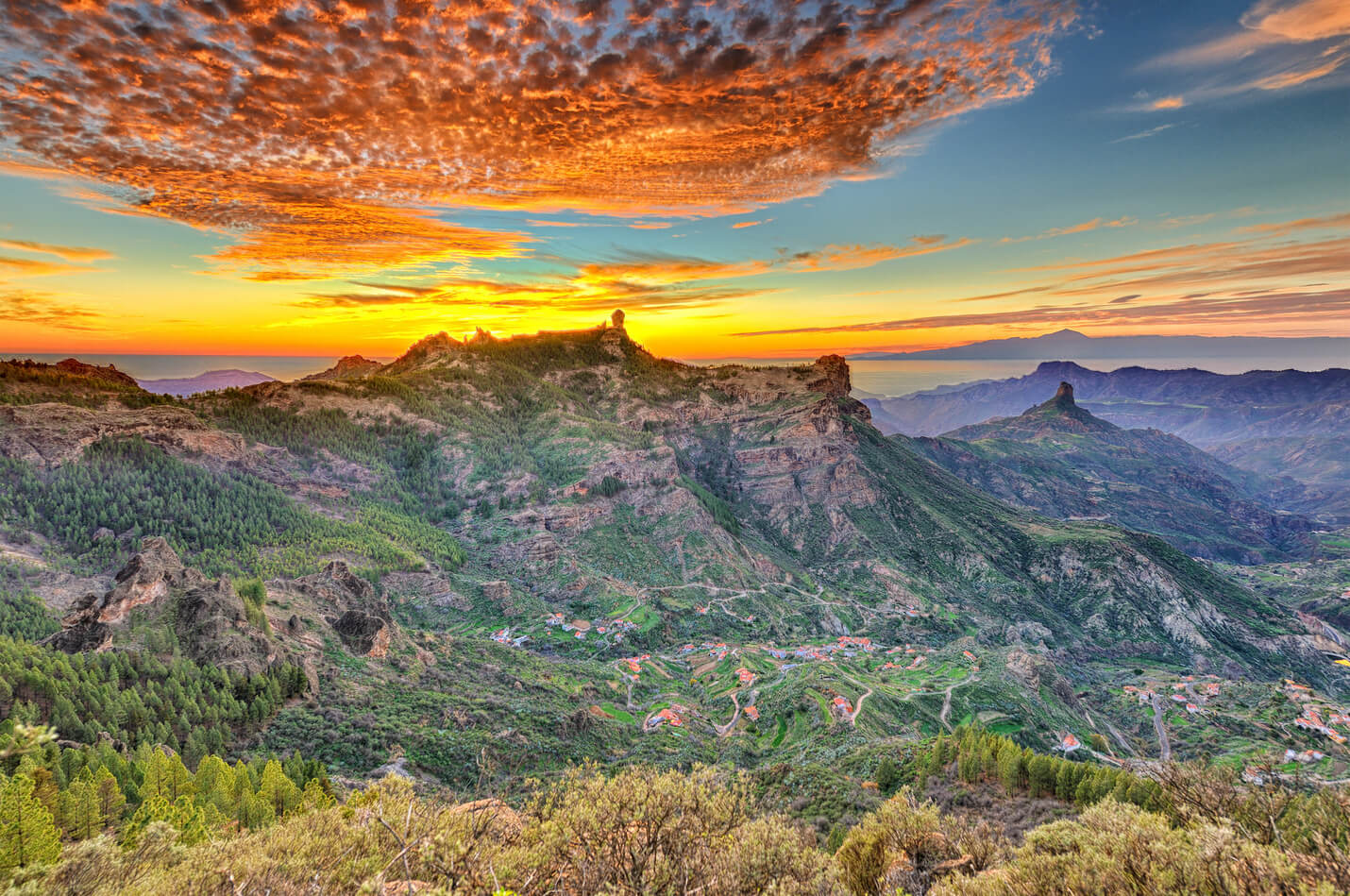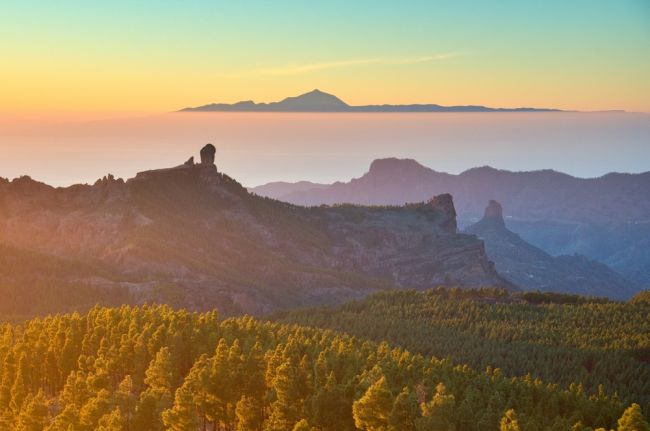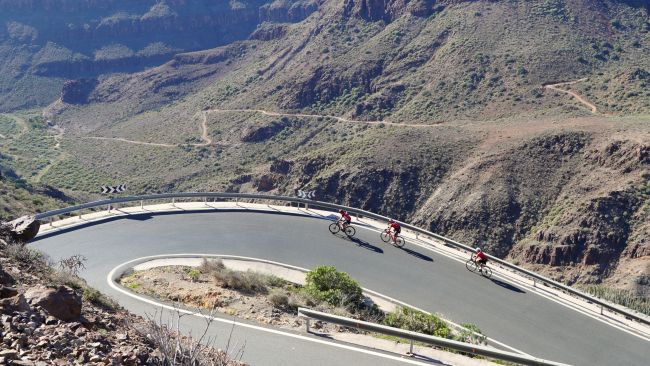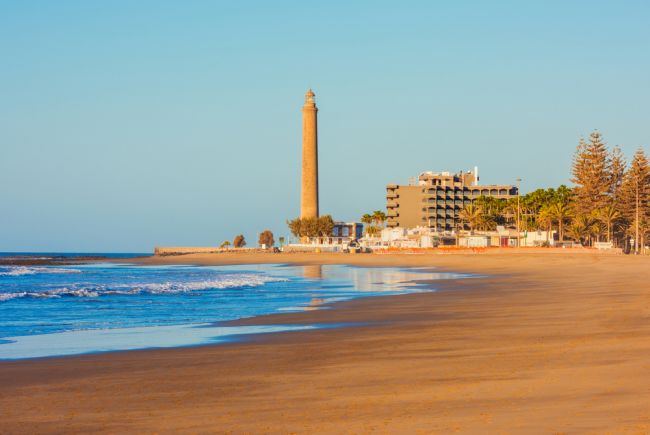
What to do, see and eat in Gran Canaria

Gran Canaria, 13th December 2024 – VillaGranCanaria, a company with nearly 40 years of expertise in the hospitality industry and over two decades specialising in vacation rentals in Gran Canaria,

En Gran Canaria, la llegada de los Reyes Magos no es solo una tradición, es una verdadera celebración que envuelve a toda la isla en un ambiente de alegría e ilusión. Desde las entradas triunfales de sus majestades hasta los mercadillos navideños y las actividades para los más pequeños, este evento

Planear unas vacaciones en las islas Canarias puede generar dudas, especialmente cuando se trata de elegir entre dos destinos tan espectaculares como Gran Canaria o Tenerife. Ambas islas ofrecen una mezcla rica de cultura, naturaleza y ocio, pero cada una con sus propias peculiaridades que las

La Gran Canaria Bike Week es un evento ciclista de renombre que se celebra anualmente en el sur de Gran Canaria. Este año, la 36ª edición tendrá lugar del 1 al 8 de diciembre de 2024, ofreciendo a los participantes la oportunidad de recorrer diversos paisajes de la is

The flavours of the Canary Islands come together at the table. It'll make your mouth water!

Gran Canaria is a fantastic destination year-round, but winter brings a unique charm to the island. With mild Gran Canaria winter temperatures, stunning landscapes, and a variety of activities, Gran Canaria offers an ideal
